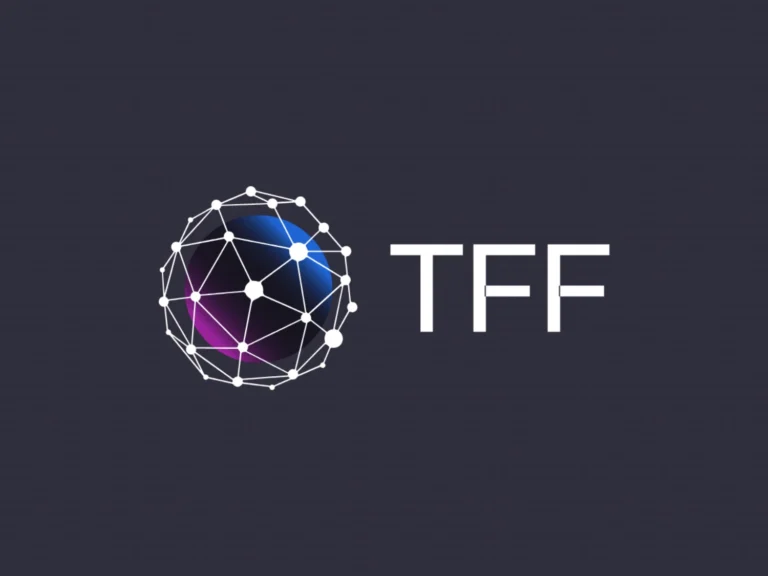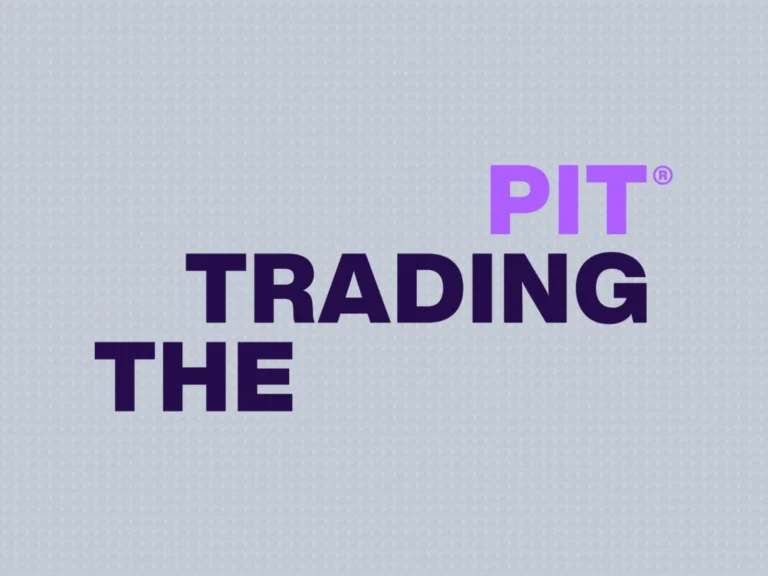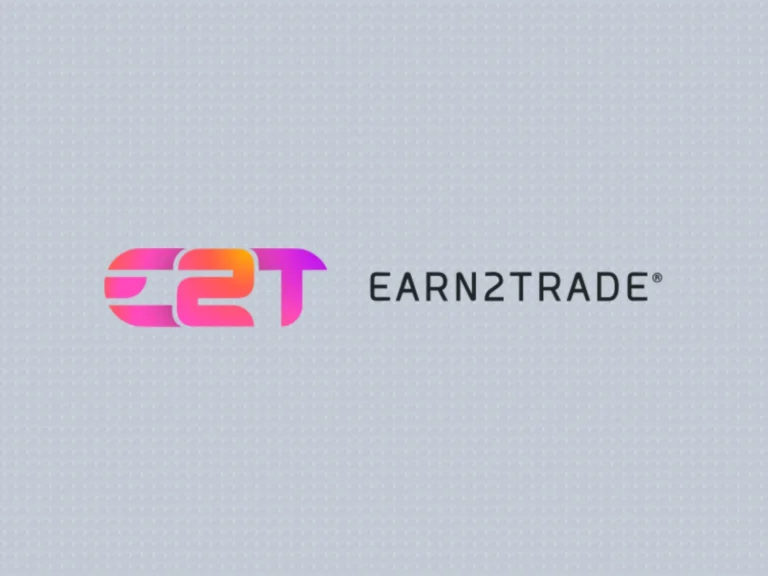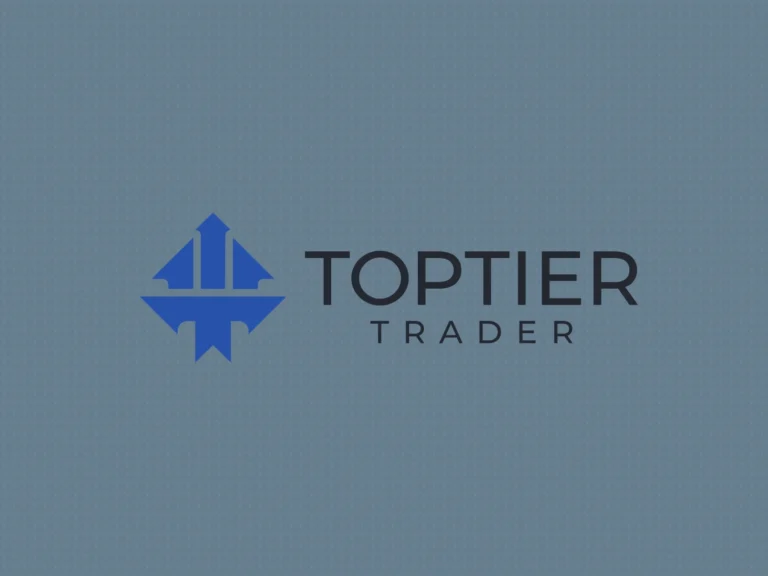Table of Contents
Understanding the Basics of Trading Bots
Trading bots, my friends, are like little digital helpers committed to doing your trading work for you. Think of them as your trading assistants on steroids! They are computer programs designed specifically to interact with financial exchanges, and they can buy or sell assets for you autonomously, based on a precoded algorithm.
I know, it sounds a bit like letting a robot drive your car, right? But in fact, it might even be safer! Bots don’t get emotional, they don’t get tired, and they don’t commit human blunders. They simply follow algorithms, making decisions based on the specific criteria they’ve been fed. This means that you can implement repeatable, consistent trading strategies without having to hunch over your computer screen all day.
Let’s dive deeper, shall we?
The most common types of trading bots include trend-following bots, arbitrage bots, and coin-lending bots. Each category of trading bots follows a unique strategy.
- Trend-following bots are designed to track market trends. They are based on technical analysis and are often used to execute trades based on specific signals in the market.
- Arbitrage bots seize the opportunities presented by price discrepancies between different markets or exchanges. To put it simply, they buy cheap in one place and sell high in another.
- Coin-lending bots are a bit different. They lend cryptocurrencies to potential investors at an interest rate and then collect interest for you.
Deploying a trading bot can seem overwhelming at first, especially considering the potential risks and rewards. After all, we’re talking about your hard-earned money here. Never fear, the next few sections will equip you with all the juicy details on maximizing bot utility while mitigating risks. So, strap in and remain tuned!
Optimizing Trade Performance with Trading Bots
Trading bots are power tools in the hands of traders since they can monitor the markets 24/7, which is physically impossible for human traders. However, to make the most out of these tools, it’s essential to optimize their performance. Let’s delve into how you could accomplish this.
You might question, “But how exactly does one optimize the performance of a trading bot?” Don’t worry, we’re going to break it down for you through a series of steps:
- Choose the Right Bot: First off, it’s important to select the right trading bot according to your trading needs. Several trading bots service different trading strategies, so using a bot aligned with your trading strategy is crucial.
- Settings Adjustment: Once you’ve selected a bot tailored for your needs, it’s time to adjust the settings. Depending on your risk tolerance, investment capital, and target return, these settings can vary substantially from one trader to another.
- Test Run: Before letting your bot loose on the live markets, do a test run. This will help reveal potential design flaws or erroneous settings. It can also give you an idea of the bot’s expected performance.
- Continuous Monitoring: Irrespective of how well-designed a bot might be, continuous monitoring and tweaking are necessary to ensure optimal performance.
- Using Stop Loss and Take Profit Orders: To safeguard your capital, it’s important to use stop loss and take profit orders. A stop-loss order protects you from further losses if a trade goes against you, while a take profit order ensures you lock in your gains when the trade is in your favor.
With these steps, you can ensure that your trading bot is all set to give you the best possible trading results. But remember, no matter how good a bot may be, it cannot completely replace human judgment. Always keep a close eye on the markets, the bot’s activities, and be ready to intervene when necessary.
Note to reader: Trading is inherently risky and involves potential loss of capital. Using trading bots can help mitigate some of these risks, but it’s crucial to have a good understanding of the markets and risk management principles. The use of a trading bot should not be considered as financial advice.
Risk Management Strategies for Bot-Driven Trading
Entering the world of bot-driven trading can feel like a double-edged sword. Yes, trading bots offer incredible advantages, but they also carry inherent risks. That’s why it is indispensable for you to understand the importance of risk management. As you embark upon, or continue your journey in the fascinating universe of trading bots, let’s explore some effective risk management strategies.
Setting Stop Loss and Take Profit orders: One of the simplest yet most efficient risk management strategies is to use Stop Loss and Take Profit orders. These essentially allow you to pre-set the price levels at which your trading bot will execute trades – the Stop Loss to prevent further losses and Take Profit to secure profits. This approach gives you greater control over your potential profits and losses.
Be mindful of Flash Crashes: In the volatile world of crypto-trading, drastic drop in prices also known as ‘Flash crashes’ can occur. They can drain your assets in a split second, causing substantial losses. Therefore, it’s vital to configure your bot in a way that it can respond to these extreme market conditions effectively.
Gauge the Market: No trading bot, no matter how sophisticated, can replace human intuition and judgement about the market and its possible direction. In volatile market conditions, it may be beneficial to intervene manually and override the bot’s decisions based on your assessment of the market situation.
Embrace Diversification: Placing all your eggs in one basket can be a dangerous strategy. Instead, consider diversifying your assets among a variety of trades. This can potentially reduce the risk and can result in a smoother equity curve.
Remember, risk management is more about prevention than cure. It may not guarantee profits, but can significantly minimize losses, thereby enhancing the overall trading performance.
These risk management strategies should be an integral part of your bot-driven trading plan. By implementing these, you can effectively balance your potential for profit with your risk capacity. So, before you set your bots off to the races, take a step back and ponder on these strategies. Remember, trading is not just about choosing the right bot, it’s also about having the right plan.
Integrating Technical Indicators for Better Bot Performance
Technical indicators are mathematical calculations based on the price, volume, or open interest of a security or contract. By integrating these indicators, your trading bots can better predict future price movements and make more informed decisions. Here’s how to do that.
Identifying Prominent Technical Indicators
- Relative Strength Index (RSI): This indicator reflects the speed and change of price movements, helping to identify when a market may be overbought or oversold.
- Moving Average Convergence Divergence (MACD): MACD is useful for spotting potential buying and selling opportunities since it indicates when bullish (upward) or bearish (downward) trends are likely.
- Bollinger Bands: Using standard deviation, this indicator provides a relative definition of high and low prices, allowing bots to execute trades when the market becomes less volatile.
Once you’ve established the indicators your bot will utilize, you’ll have to incorporate these into your bot’s algorithm. Since bot trading is based on automating strategies, these technical indicators need to be programmed into your bot’s operational framework.
Programming Indicators into Your Bot
The integration part might sound complicated, but don’t worry. If you have access to the coding of your bot, it can be as simple as inserting specific indicators into the code. However, if you’re using a proprietary bot, you’ll need to look for options within its settings and select the indicators you want to use.
Next, establish the conditions under which your bot should take action. For example, if you’re using MACD, you could program the bot to buy a particular asset when the MACD line crosses above the signal line, signifying a bullish trend.
Remember, effective bot trading isn’t about setting up a bot and letting it loose. It requires constant monitoring, testing, and optimising to ensure the bot’s trade execution aligns with market conditions and your objectives. After all, the landscape of financial market is dynamic, and so should be your trading bot’s strategies.
Exploring Different Types of Trading Bots
When you step into the world of bot trading, you’ll soon find out that there is a rich variety of trading bots, each offering its own unique set of capabilities. Essentially, trading bots are software programs designed to interact directly with financial exchanges, putting in trade orders on your behalf at lightning-fast speeds. So let’s delve straight into the remarkable diversity of trading bots out there.
Arbitrage bots capitalize on the differences in prices across various exchanges. Cryptocurrencies, for example, do not have a universally identical price on all trading platforms. This bot buys low from one platform and sells high on another, securing profits from the price disparity. A swarm of algorithms backs these bots, enabling them to identify profitable arbitrage opportunities and execute trades almost instantaneously.
Market making bots place multiple limit orders to buy and sell assets at different prices. They earn profits from the spread between their buy and sell orders. These bots help in providing liquidity to the markets. They are usually employed by exchanges and high-frequency traders.
Trend trading bots are designed to ride the wave of market trends. They examine market movements and hunt for trend patterns. Once a trend is identified, these bots buy and sell to capitalize on these market developments.
Index Fund Rebalancing Bots:
Index fund rebalancing bots operate by maintaining the stability of the portfolio. These bots buy and sell assets to ensure that the proportion of each asset in the portfolio remains the same.
Signal trading bots execute trades based on trading signals from expert traders or reputable sources. They automate the trading process but require the user to manually set certain inputs based on the signal received.
Now that we’ve covered the different types of trading bots, it’s important to remember that each bot has pros and cons, and the choice of a bot should ultimately depend on your trading style, risk appetite, and the specifics of the market you’re targeting. Because even with the best bot on your side, navigating the world of trading still requires a good dose of your own knowledge and instincts.
The Impact of Trading Bots on Financial Markets
If you’re wondering how trading bots impact the financial markets, you’re not alone. These tools have undeniably transformed the landscape in significant ways. Here’s everything you need to know.
Firstly, trading bots bring about an unprecedented level of efficiency and speed to financial trading. By analyzing market trends and executing trades in microseconds, they have entirely changed how trading is conducted. In achieving this, they have not only made the process faster but also more precise, eliminating human error.
Additionally, increased liquidity is another notable impact brought about by trading bots. With these bots available to conduct transactions 24/7, the volume of trades has noticeably increased. This constant activity has the effect of enhancing liquidity in financial markets, meaning assets can be bought or sold without causing a significant price change.
Another important effect of trading bots is their role in promoting market efficiency. Due to their algorithmic nature, bots are programmed to exploit any arbitrage opportunities they identify instantaneously, reducing price discrepancies, and resulting in a more efficient and fair trading environment.
However, one of the unintended consequences of relying heavily on trading bots is vulnerability to market manipulation. Some unscrupulous traders have been known to take advantage of bots by generating artificial market movements to trigger these bots into making trades, a practice known as ‘spoofing’.
In summary, whilst the impact of trading bots is largely positive, making trades more efficient and the market more flexible, they also pose potential risks and challenges that need to be addressed. From increasing liquidity to potential market manipulation, the influence of trading bots on financial markets is profound and ever-evolving.
Regulatory Considerations for Bot Traders
Whether you’re a DIY trader with a homegrown algorithm or a major hedge fund employing several bot strategies, compliance with laws and regulations is of the utmost importance. As trading bots become more prevalent, financial regulators are stepping up efforts to maintain a fair and orderly market.
While the specific rules and regulations vary by jurisdiction, there are a few common themes worth noting. Here are the most important regulatory considerations you should keep in mind:
- Always keep track of your trading activities- Regardless of the size of your operations, it’s important to maintain a clear record of all your trading activities. This includes not just the trades made by your bots, but also any changes you make to your algorithms. Detailed logs can be invaluable during audits or investigations.
- Navigate carefully in the grey areas- Some practices are clearly illegal, like front-running or insider trading. But bots can sometimes find themselves in grey areas. For instance, placing and cancelling orders rapidly to create artificial market movement (known as quote stuffing) can be seen as market manipulation. You should err on the side of caution and seek legal advice when in doubt.
- Be aware of regulatory changes- Financial regulation is a rapidly evolving field. What is legal today might not be tomorrow. Regularly review your trading practices and stay in touch with regulatory changes and announcements.
Many valuable resources can help you understand and maintain compliance with these regulations. The U.S. Commodity Futures Trading Commission (CFTC) offers educational materials and even hosts events on algorithmic trading compliance, while the UK’s Financial Conduct Authority (FCA) publishes detailed guidelines on automatic trading protocols. Stay informed and stay compliant to ensure your trading bots can keep working for you.


















